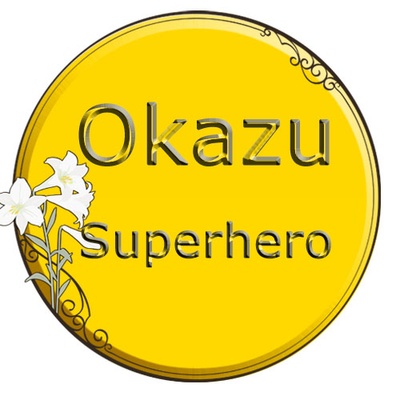When Pride Month 2020 began, I was absolutely, positively sure that we would not be celebrating. I believed, from the very depths of my heart, that this Pride Month, would be about enduring, about protesting, about reminding the world that we were still here, still queer and still shouting about the same exact kind of police violence against black and trans bodies that sparked the Stonewall Uprising. I began this month on Twitter by promoting black otaku voices. I ended up following a whole bunch of amazing writers and made a couple of new otaku friends. It was only one thread, but it has become an entire skein of relationships.
This week, I was reminded that last year I posted a queer manga a day for Pride month. It was a lot of work, but it was such an amazing feeling knowing that there was so much great queer manga out there and so much of it already in English. I had thought about doing that again, but it felt totally wrong in light of the protests across this country. To some extent, these are the same protests, the same protest we have been having since the Women’s Suffrage March, since the Selma to Montgomery, Stonewall, the Women’s March and Occupy Wall Street, even. This is the march of progress, a march of defiance of hatred and violence from the authorities, of toxic masculinity and predatory capitalism. BUT – and this is a big BUT – recent protests are also very specific protests against a specific war being waged specifically on black Americans right now. This is the legacy of the slavery and violence upon which this country was founded. This is the legacy of Jim Crow and the KKK and the Lost Cause Doctrine. And I didn’t feel entirely right about obscuring the protests against police violence and with some frippery.
And then, incredibly, the Supreme Court of the United States, this week, has affirmed employee rights for LGBTQ Americans. And while the gay community has fought hard for this, frippery is also kind of our thing (as it is the otaku thing.) As a queer otaku I thought, fuck it, I’m going to celebrate Pride month somehow.
I thought hard about how I wanted to celebrate my immense pride in my queer otaku family, without stepping on anyone’s neck to do it. And I think I came up with the right way, but first I want to just tell you how proud I am of all of you. Those of you who have come out, and everything it cost you to do that. Those of you who have not and everything that it is costing you to do that. I am very proud of my queer, LGBTQ+, Gender and Sexual Minority otaku family. You are a delightful and fun and funny, you make my fandom full of glitter and joy.
On Twitter I have started a new thread:
I cannot think of a better way to celebrate Pride month, than to celebrate my beloved nerd ecosystem. If you are LGBTQ+, Queer, a Gender or Sexual Minority and you write/podcast/YT about anime and manga, reply to this thread and I will RT you! Bring it, queer otakudom! pic.twitter.com/THcZQM2gYS
— Erica Friedman, 百合女王, Black Lives Matter (@OkazuYuri) June 15, 2020
So if you are a queer otaku and have a thing you want shared (except for fansubs or scanlations, because please don’t,) jump on that Twitter thread and I will RT and share! If you just want to say ‘hi’ in the comments, that’s fine, but I will ask straight allies to please be mindful that this is a party and today is not the time to talk about you, your allyship or the dismal state of LGBTQ rights elsewhere. We know. We’re working on it and right this second, in the middle of all the stupidest dystopian plots colliding in a maelstrom of hellish news, we’re taking a day off.
So…almost unbelievably, happy Pride month, my beloved queer otakus. I’m so very proud of everything you’ve accomplished. ^_^


